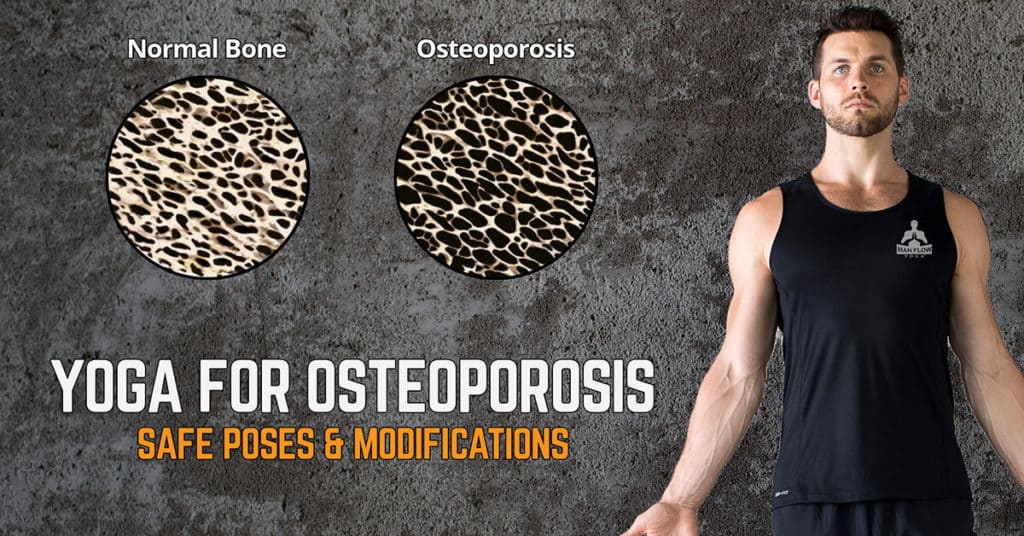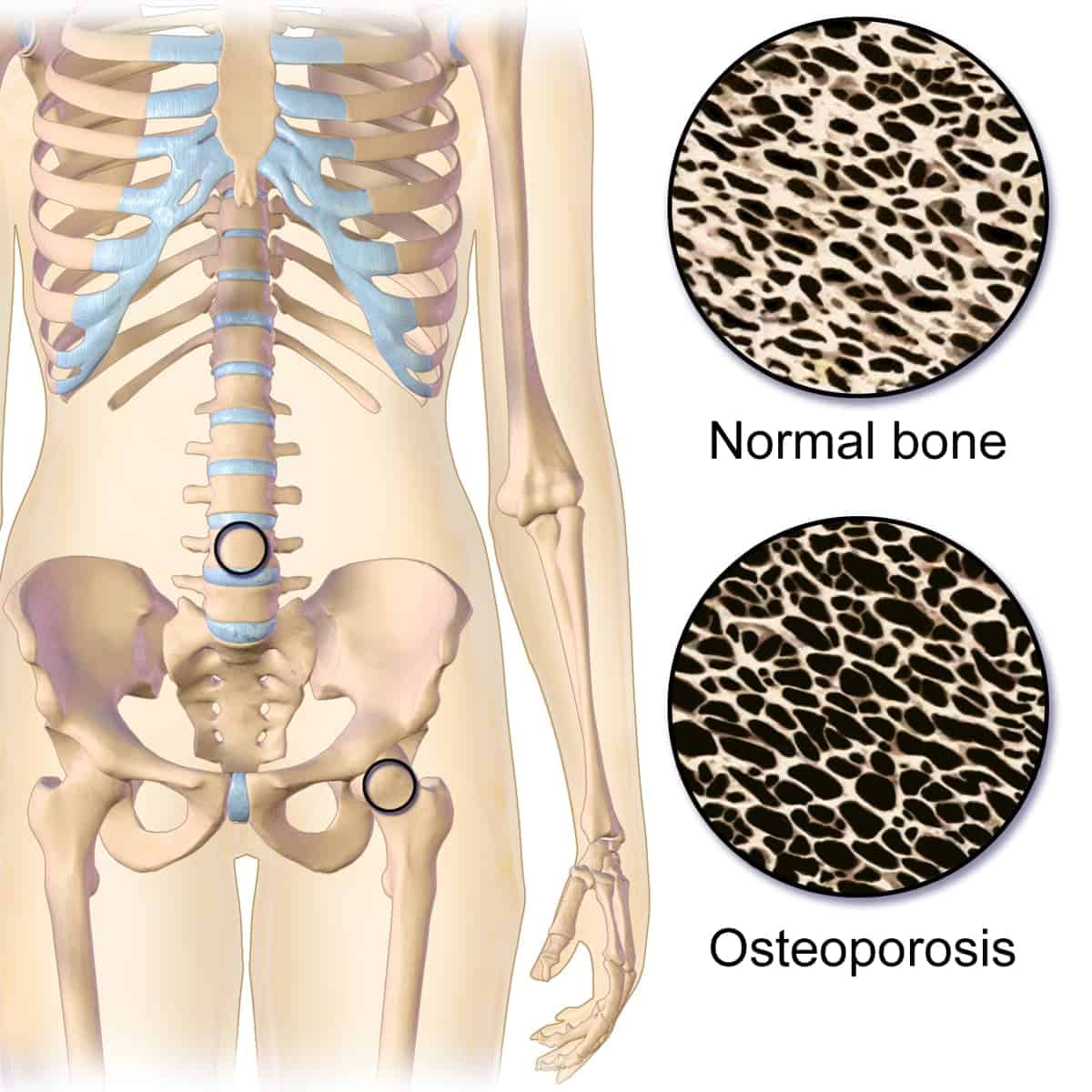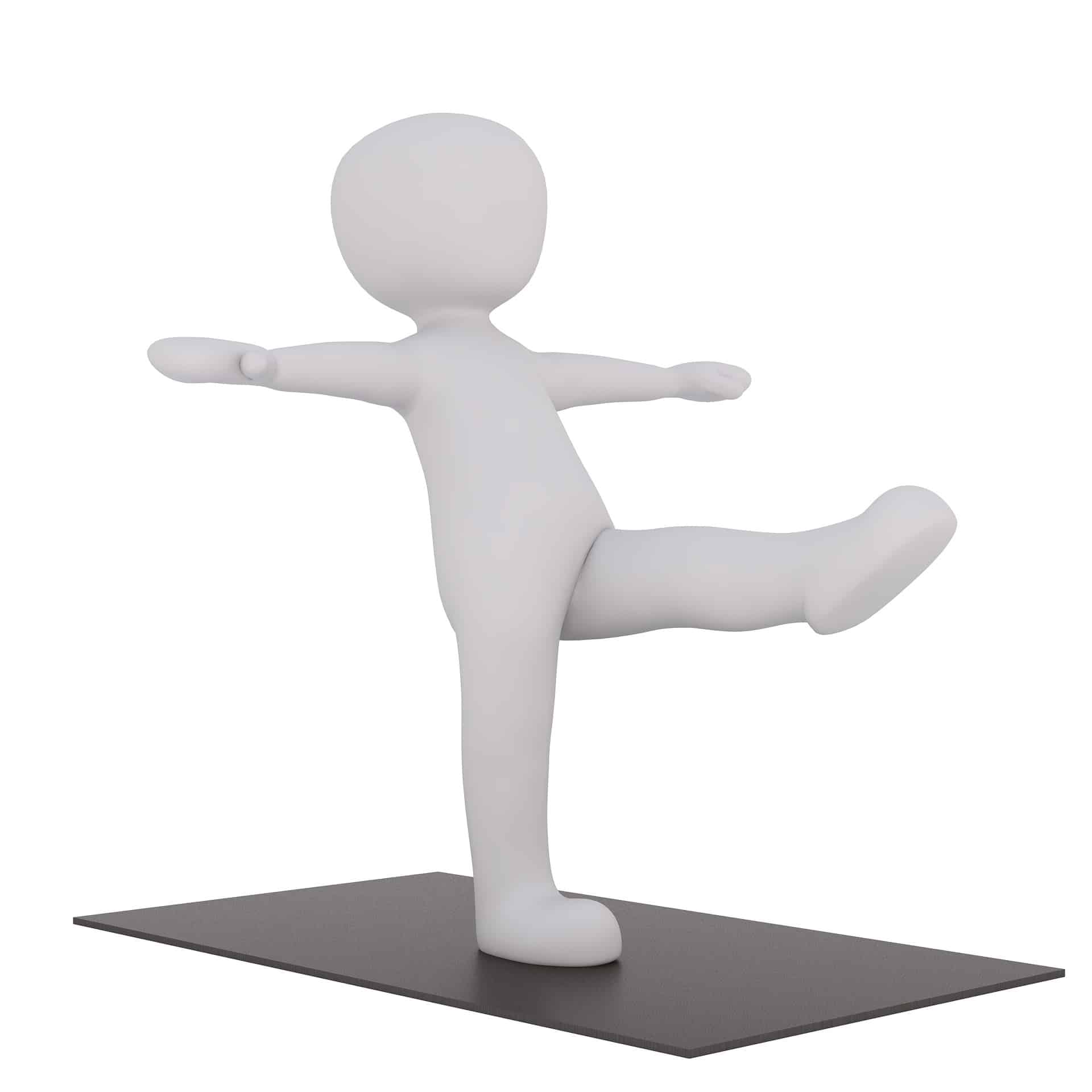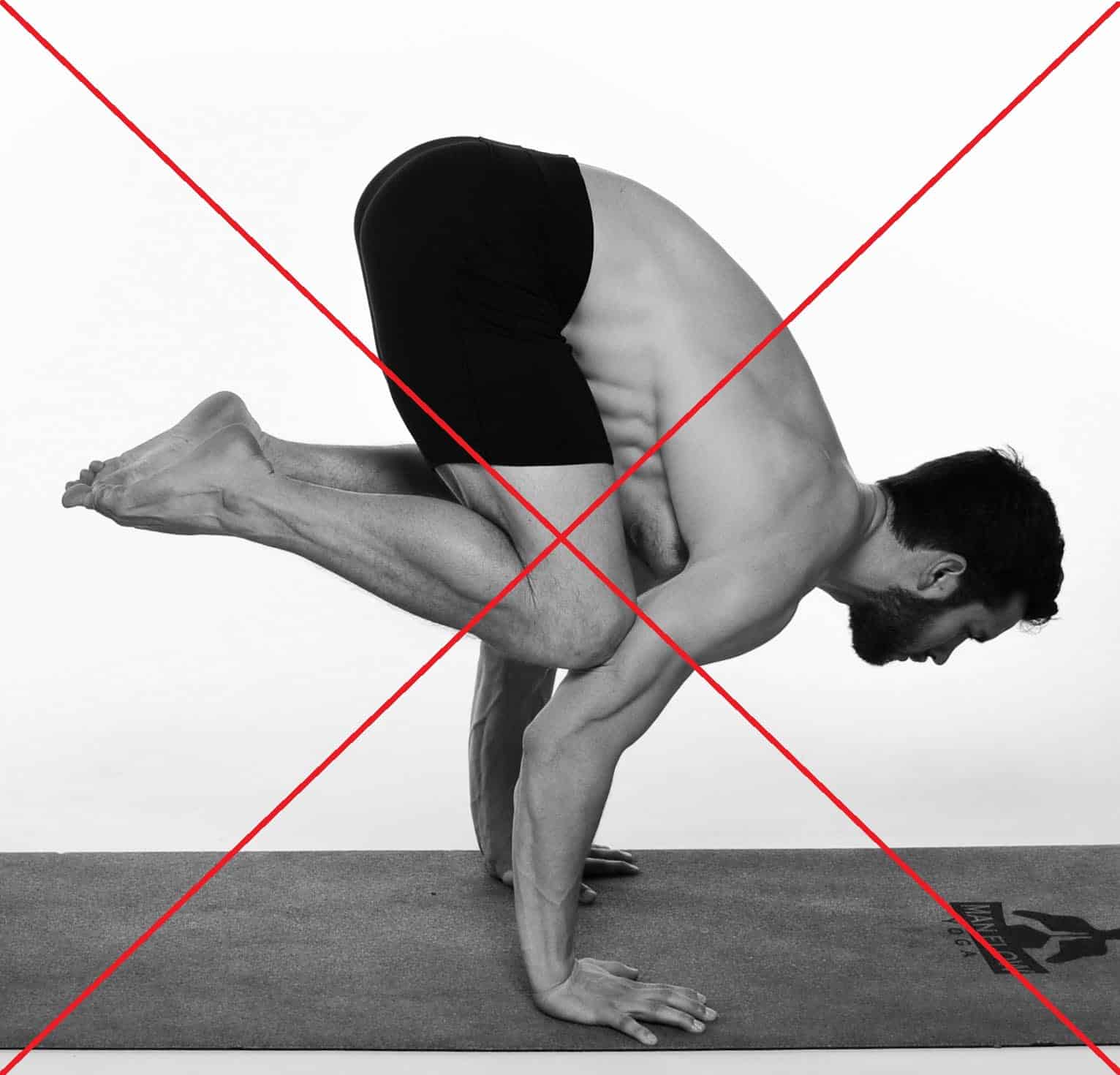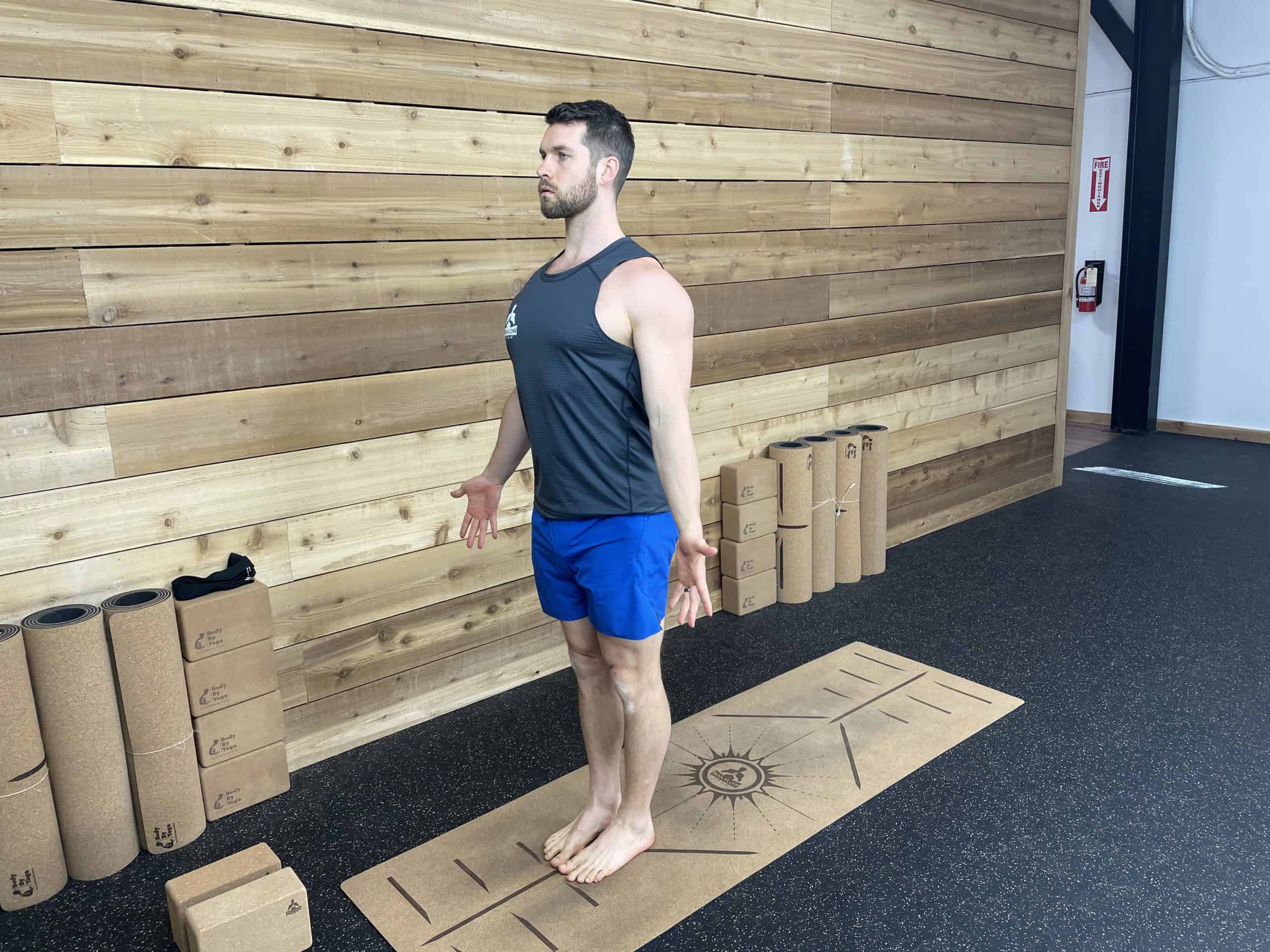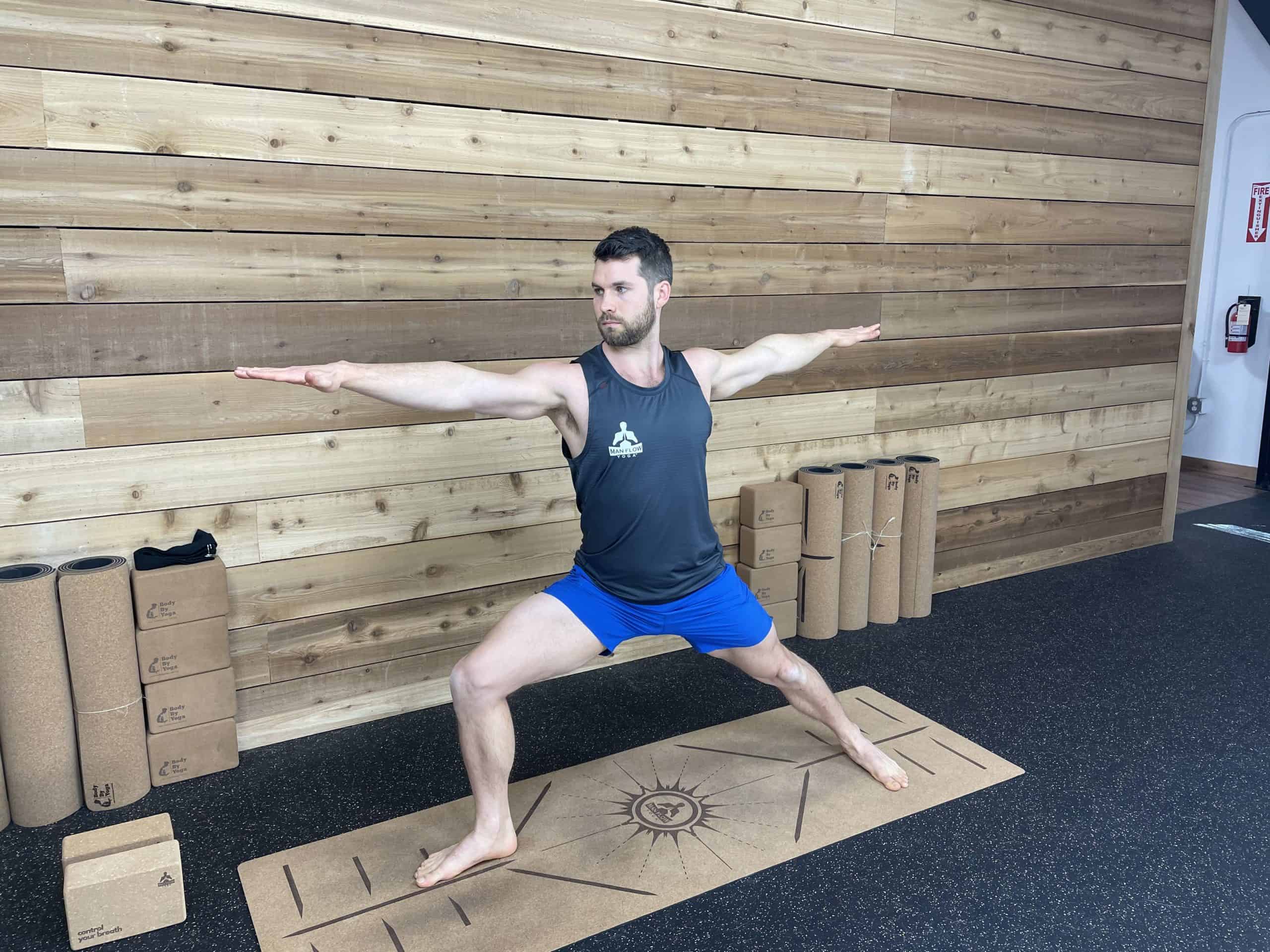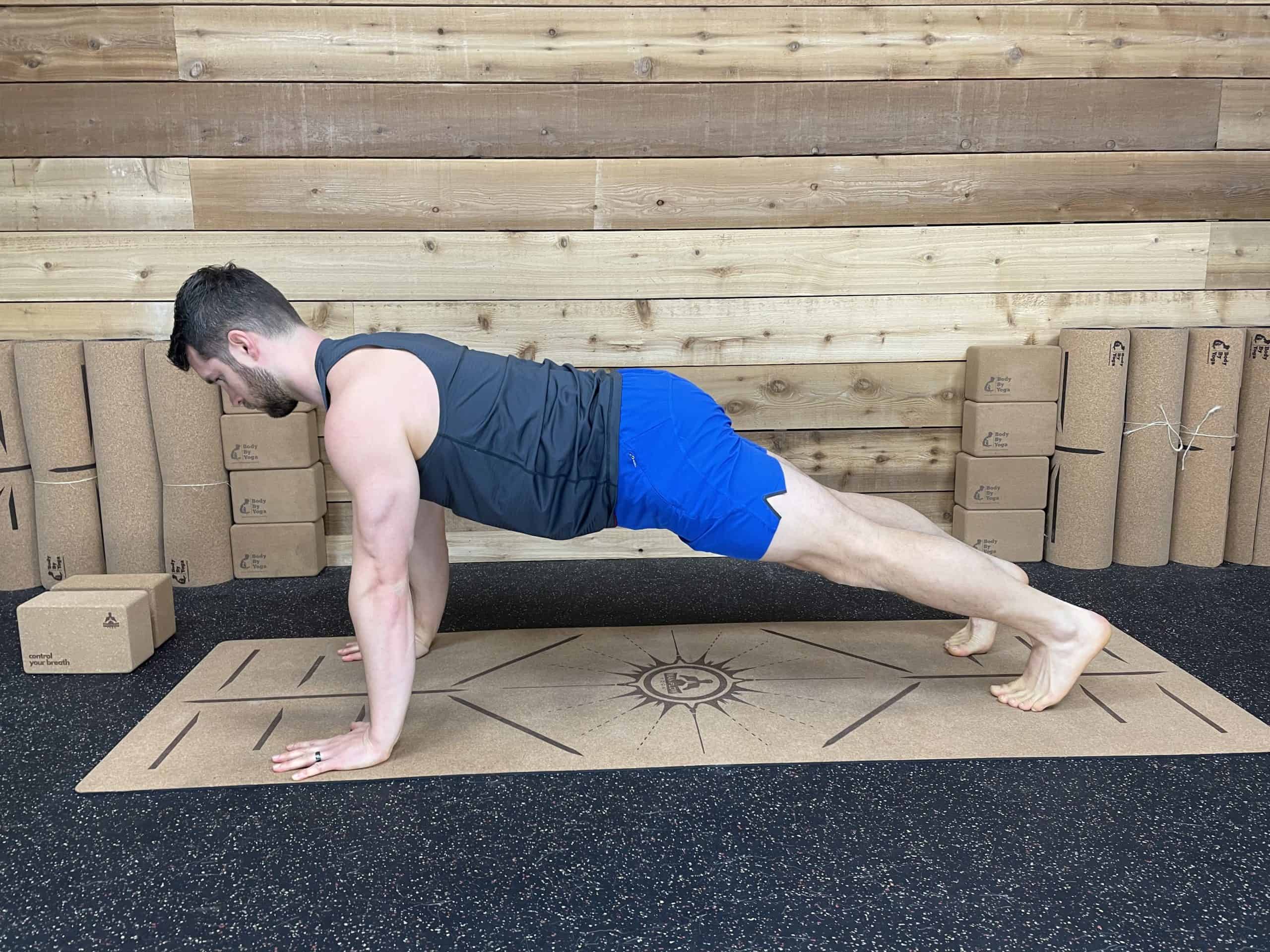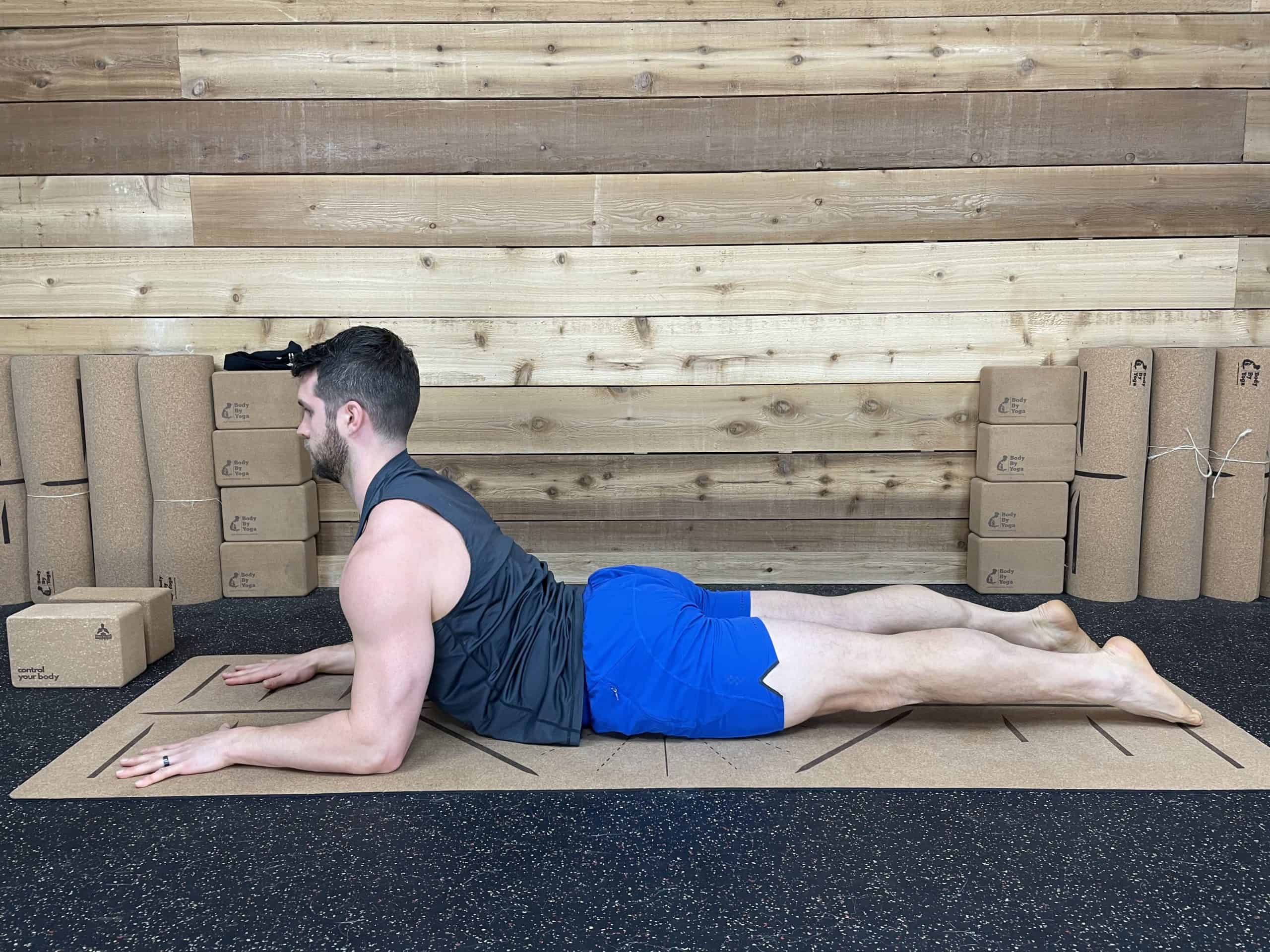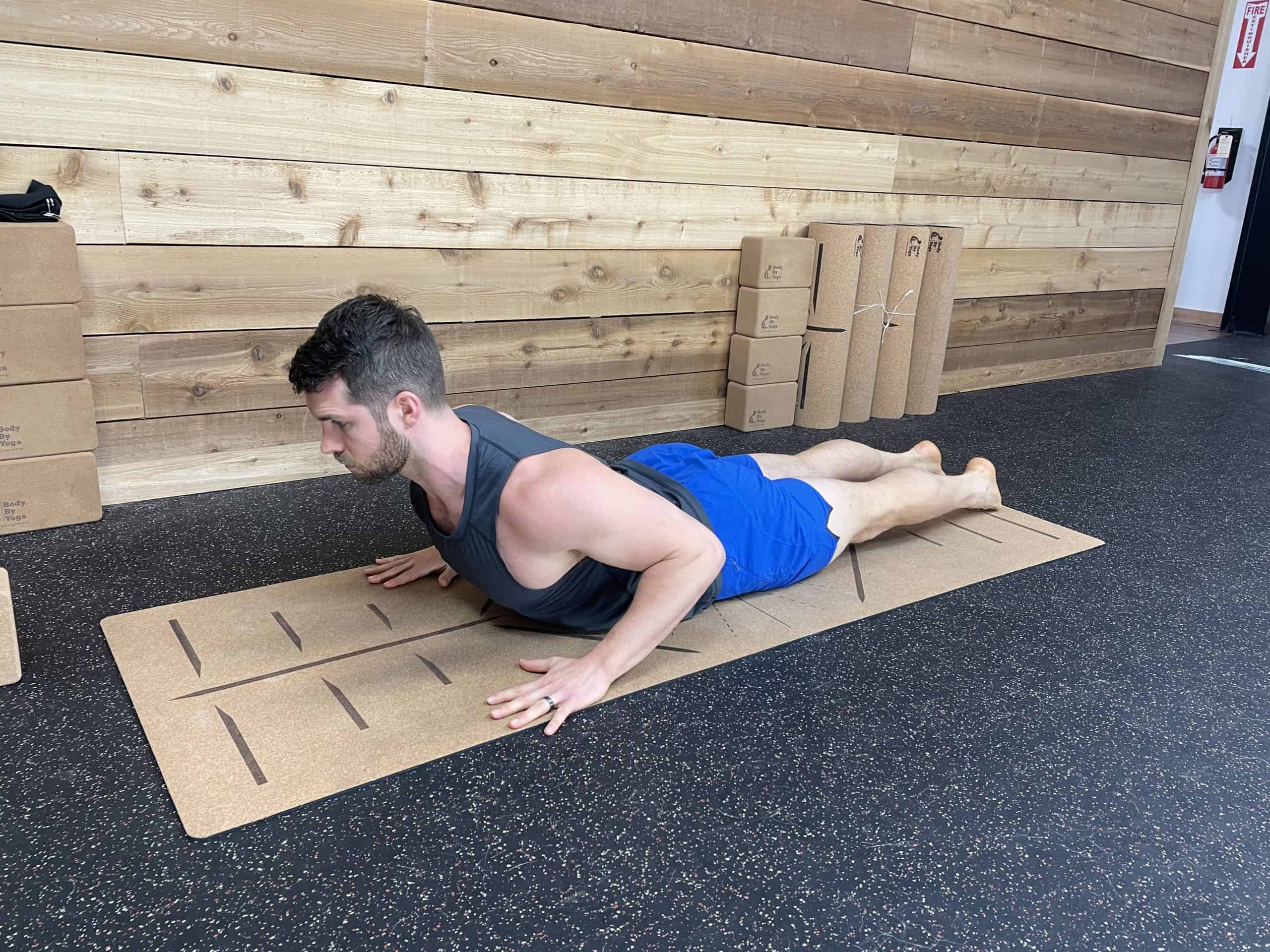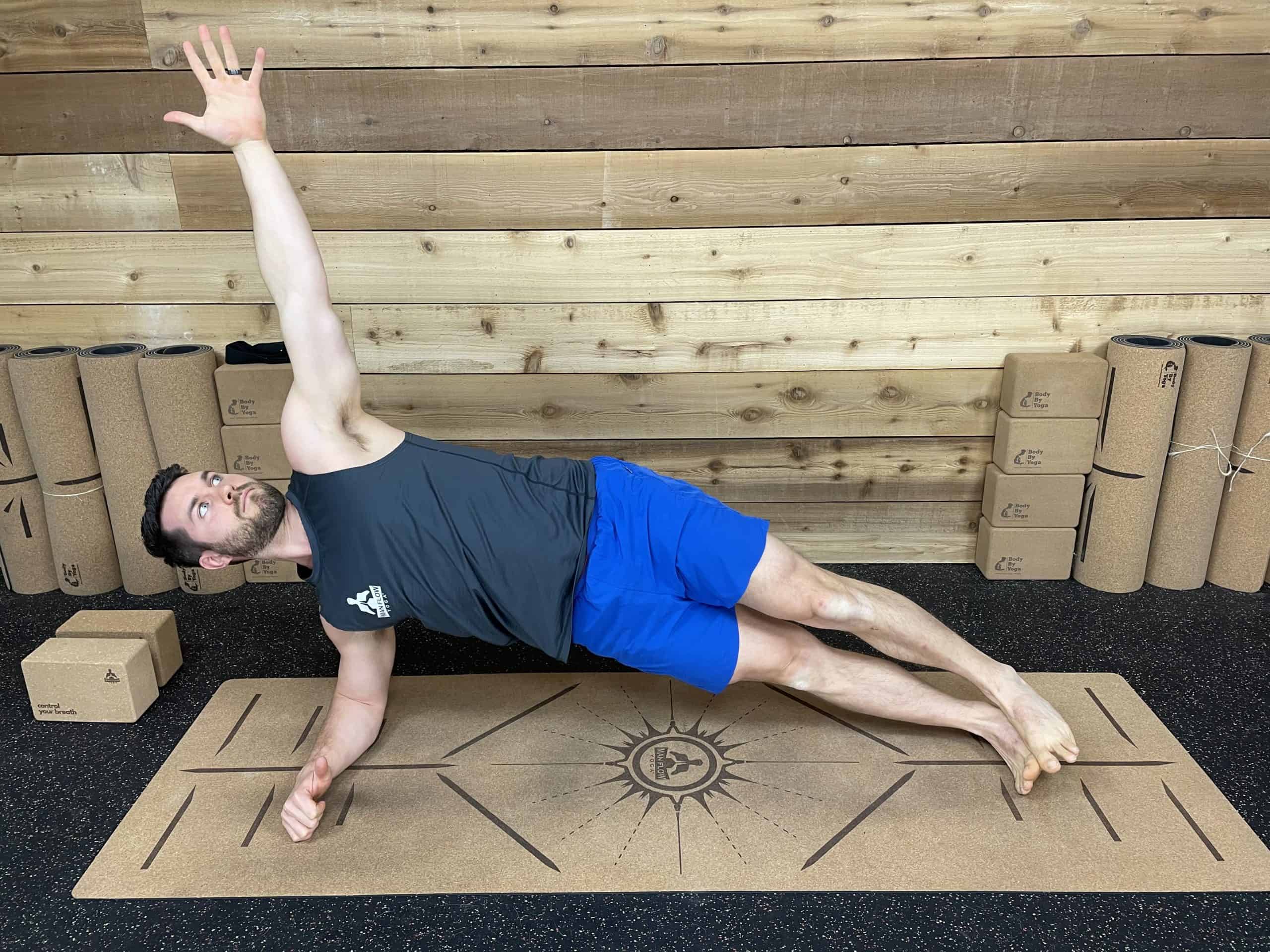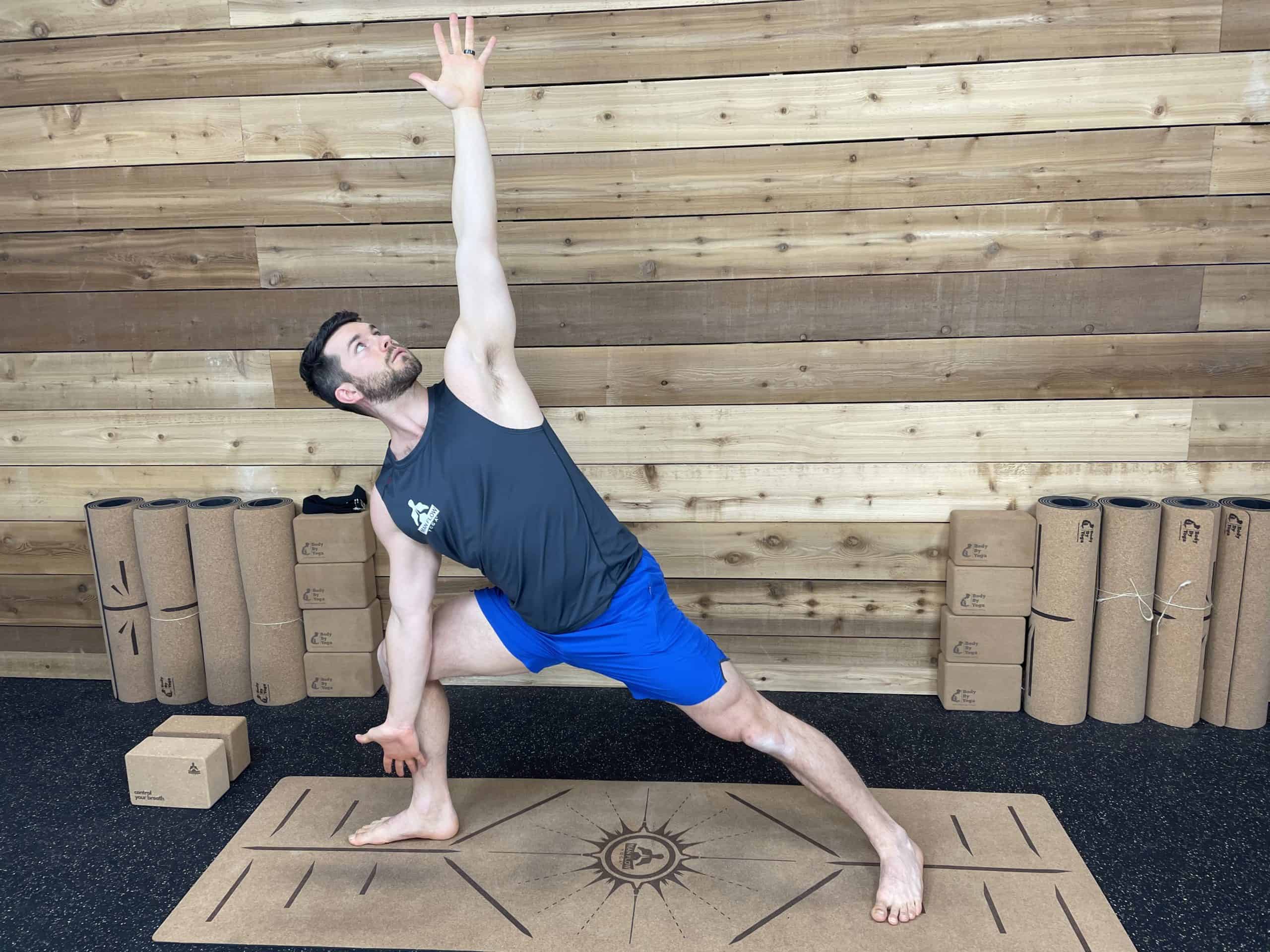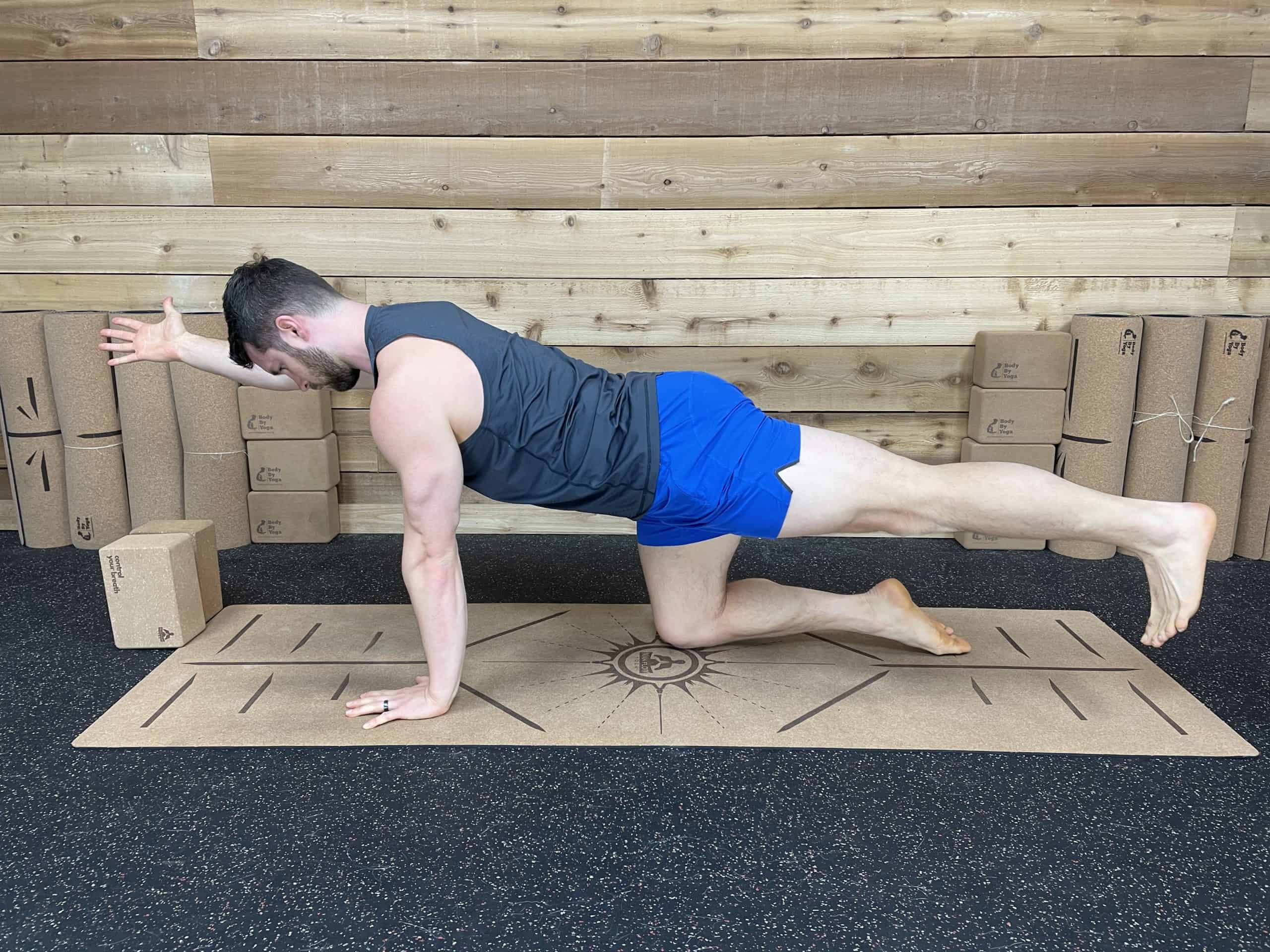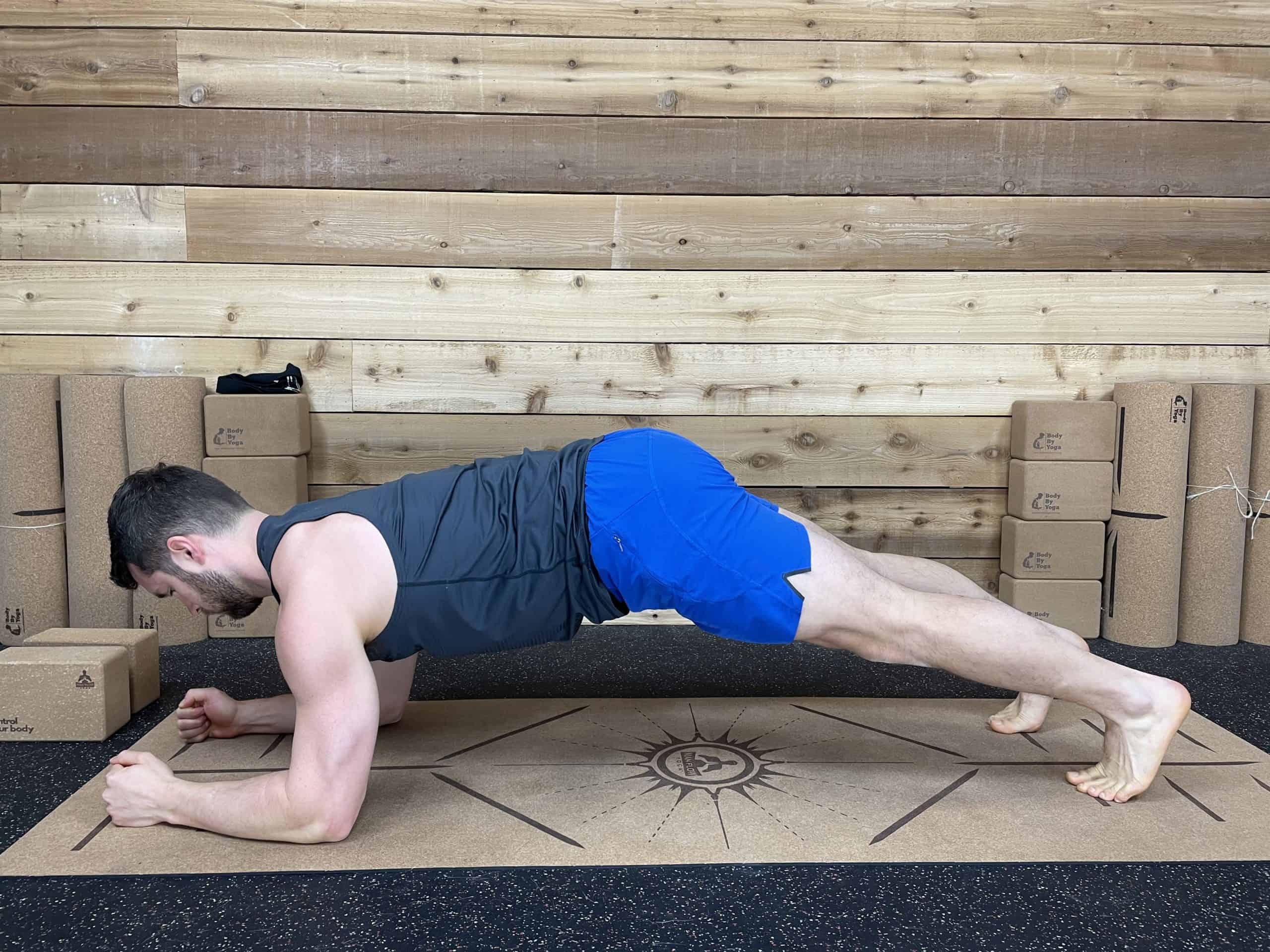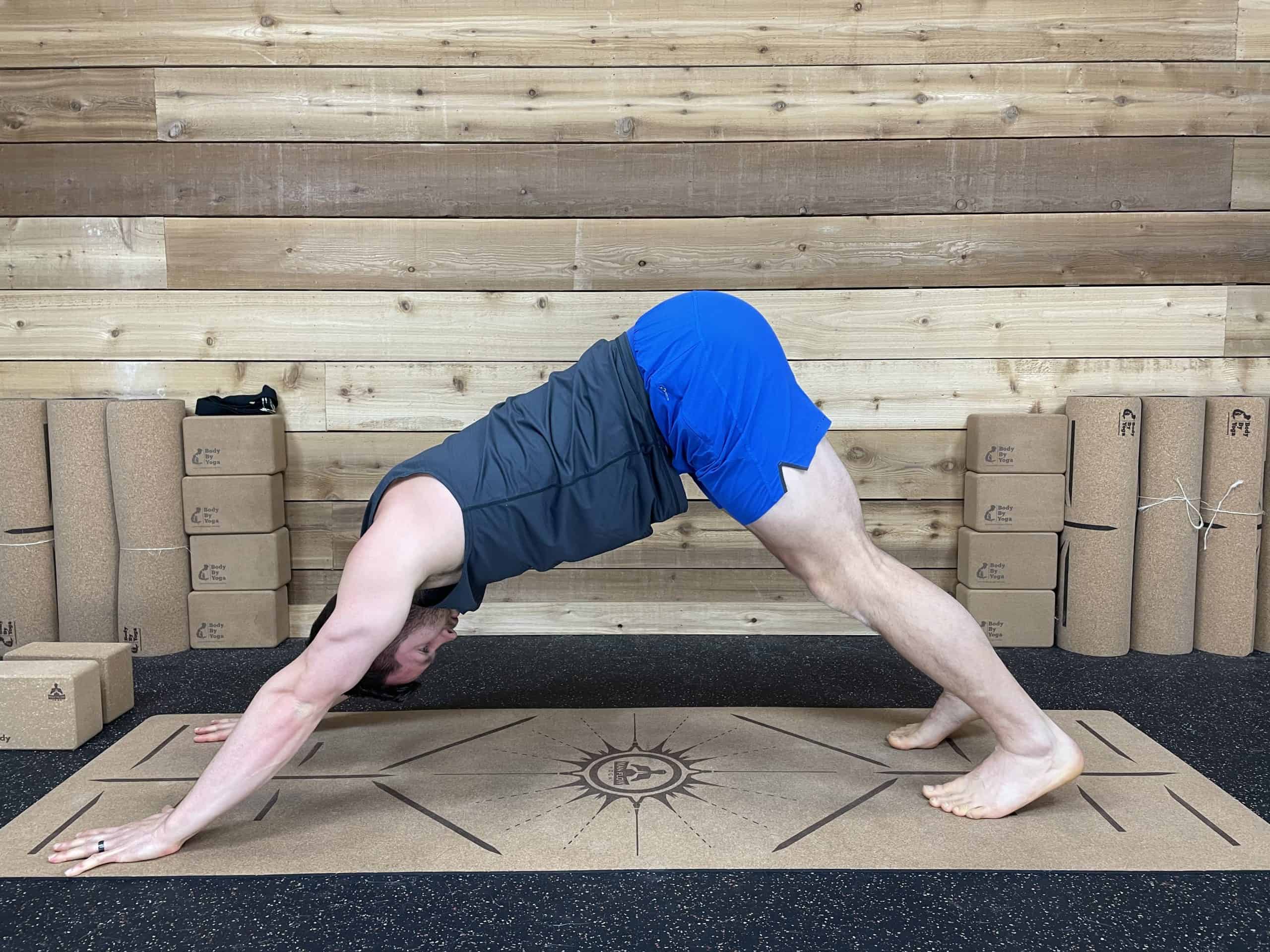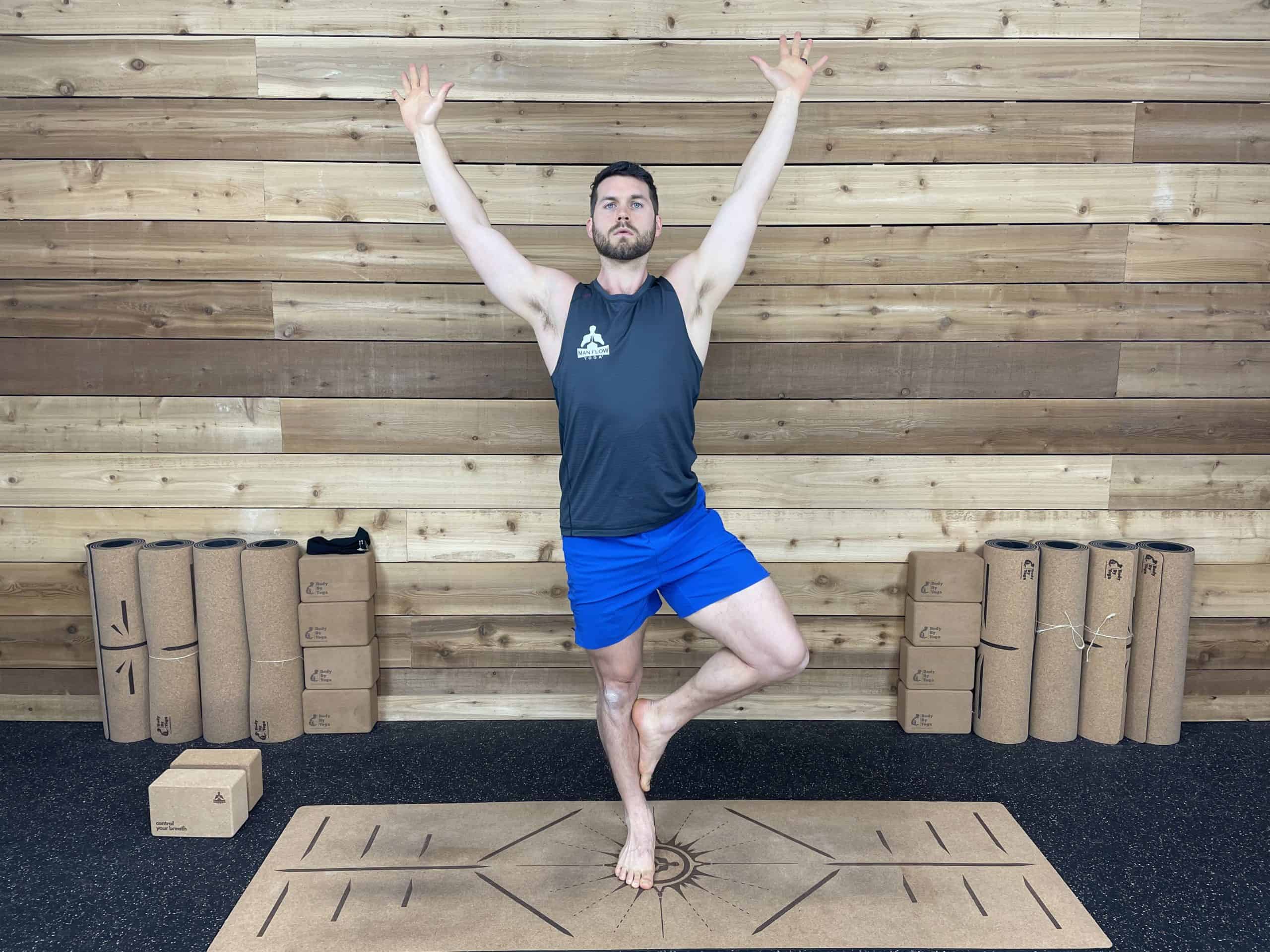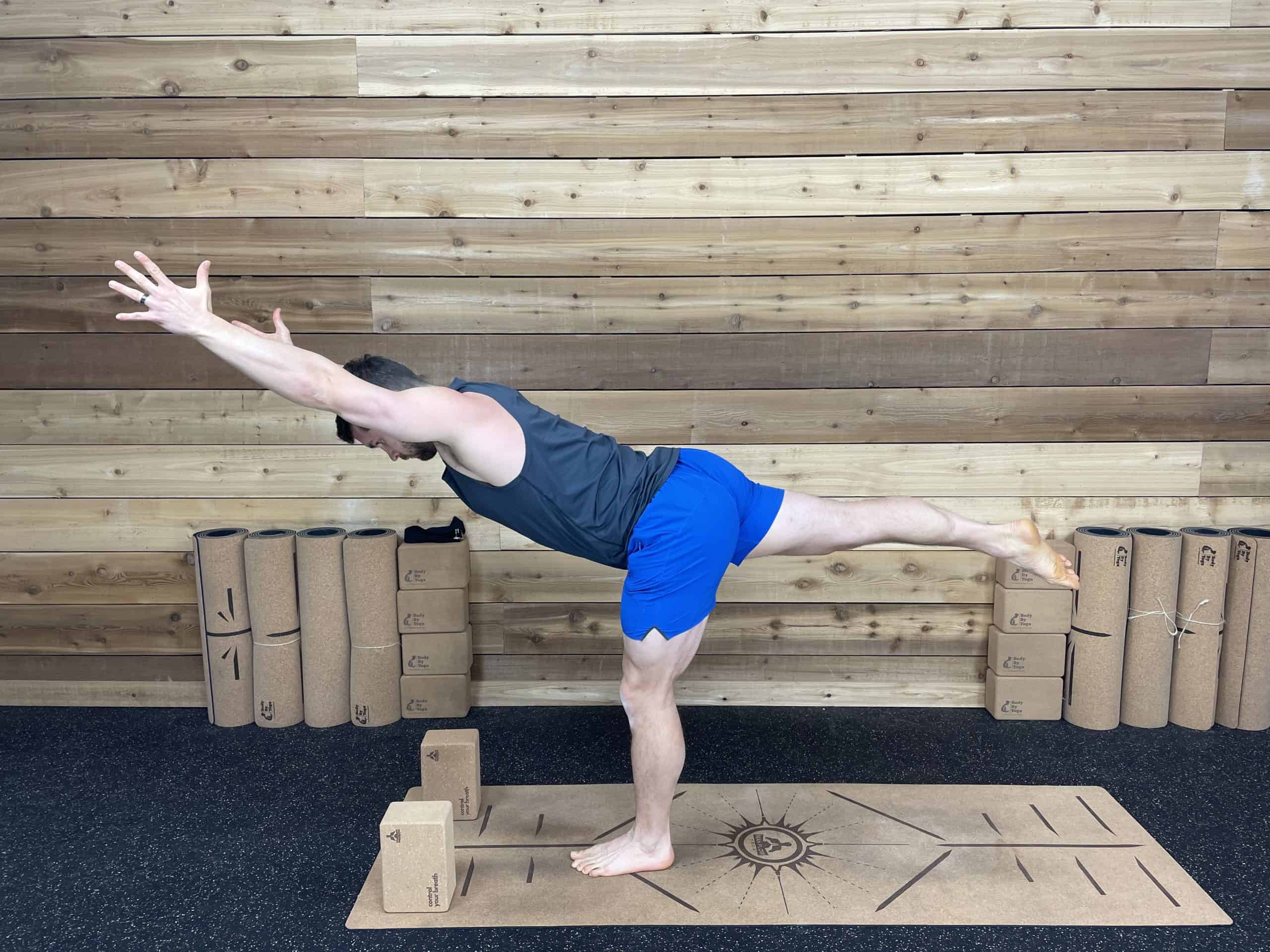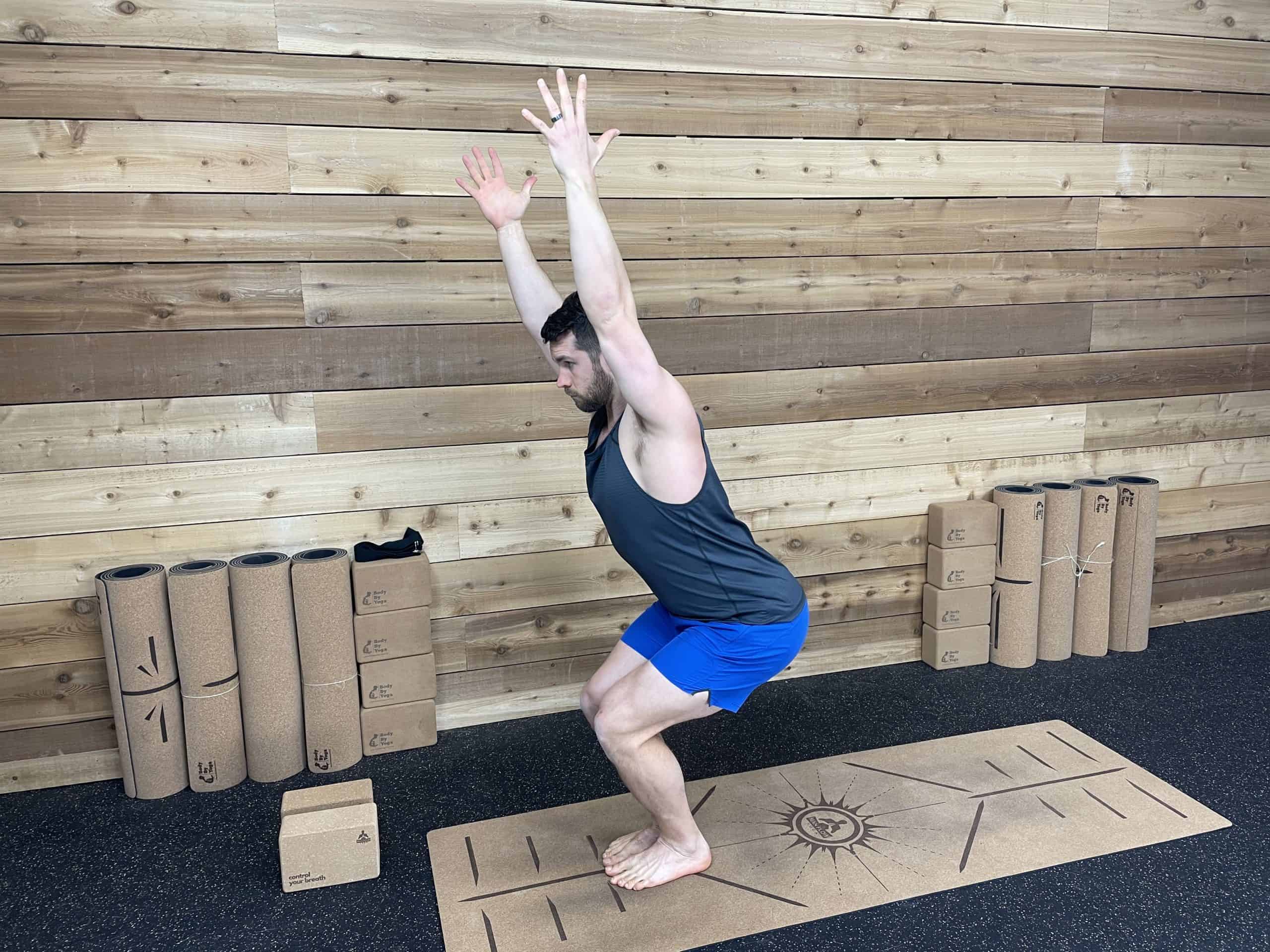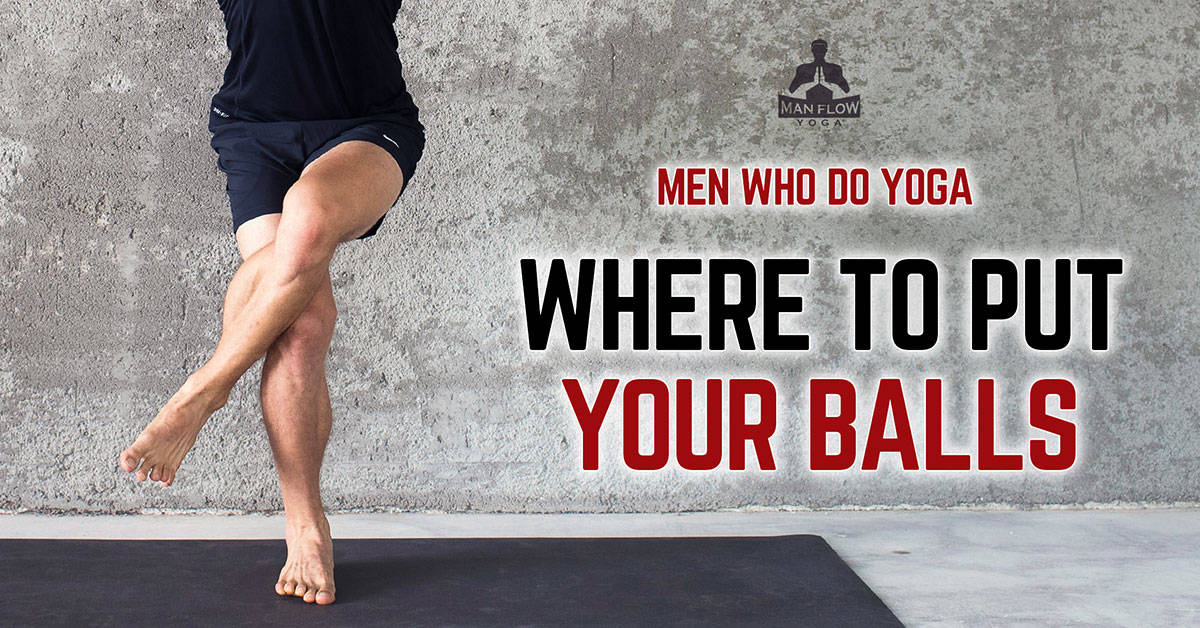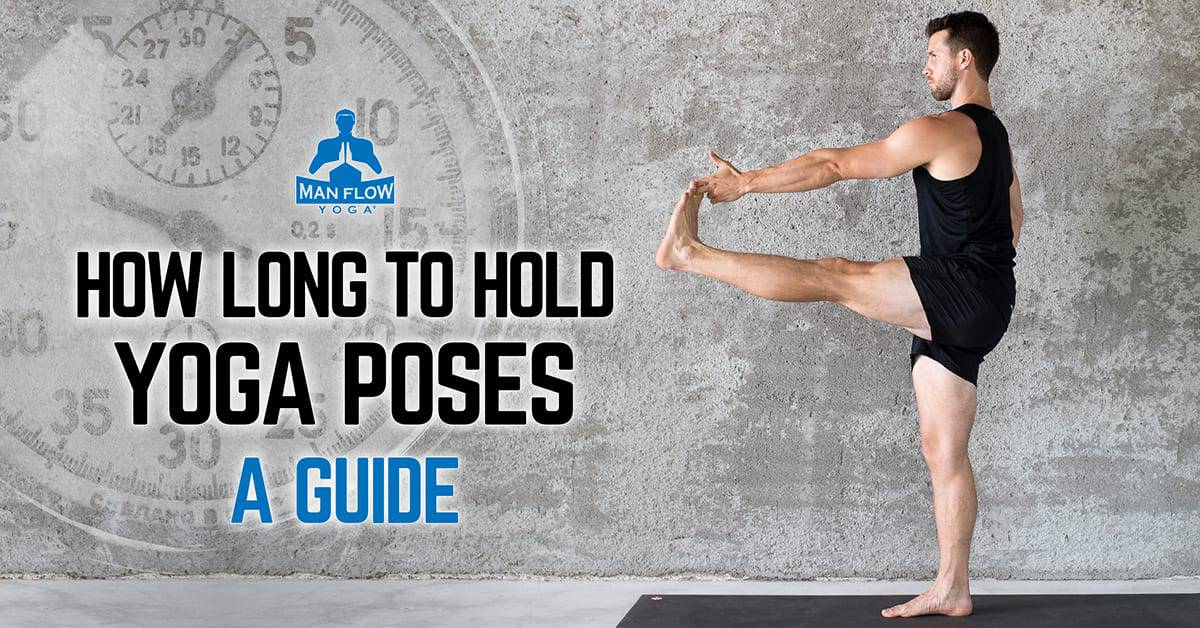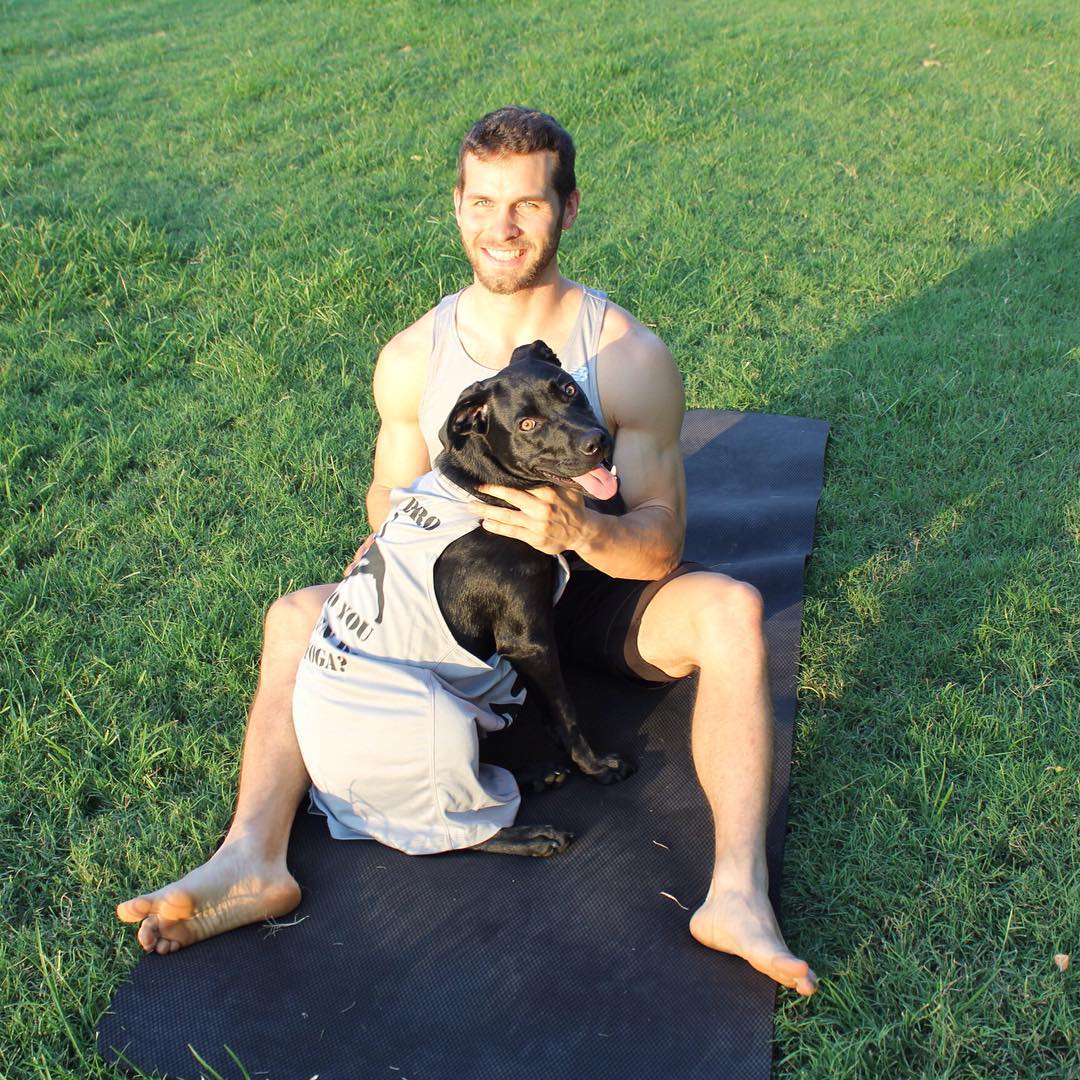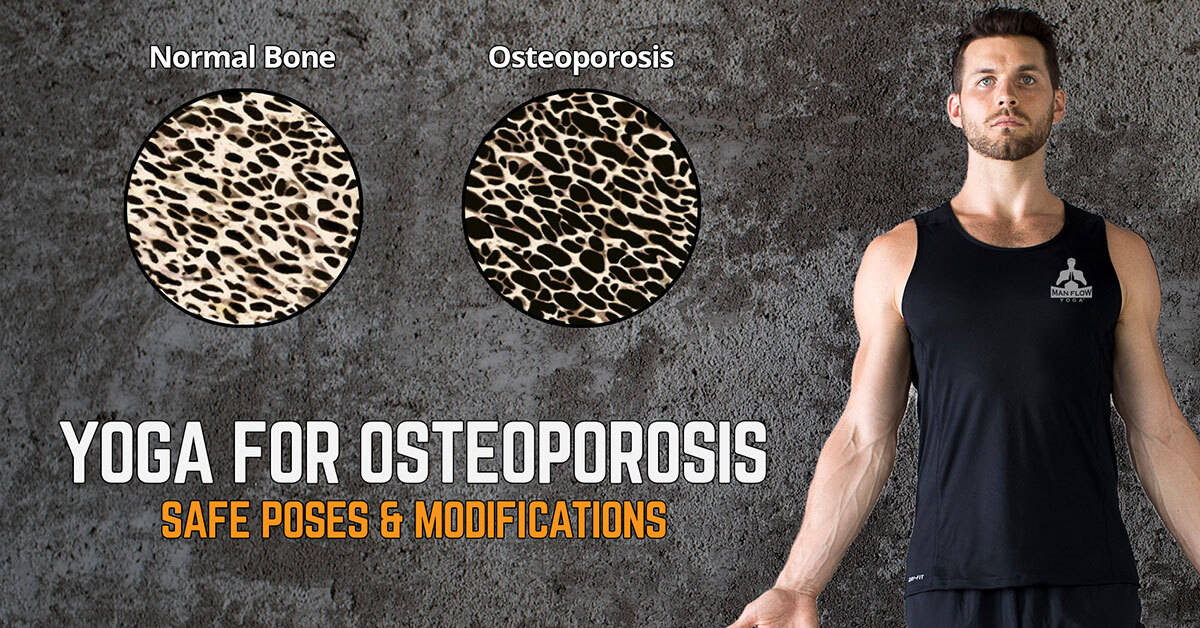Managing osteoporosis can be hard, it limits your ability to move and enjoy the daily activities you’ve come to love, but treating it and reclaiming your life is simpler than you might think.
The solution? – Yoga.
In fact, yoga is an effective method of treatment for those suffering from osteoporosis by stimulating bone mineral density growth through safe and low impact exercises and poses – even reversing its effects. In this blog, I’ll show you how to start practicing yoga and the modifications you need to be aware of.
I’ll cover:
- What is Osteoporosis?
- Who Is at Risk of Osteoporosis?
- Is Yoga Good for Osteoporosis?
- Why Is Yoga Better Than Other Exercises
- How to Practice Yoga with Osteoporosis – Modification & Tips
- What’s Next?
What is Osteoporosis?
Low bone mass or osteoporosis is surprisingly common within just America alone. Studies suggest that 1 out of 2 women and 1 out of 4 men over the age of 50 will break a bone because of it. However, what is osteoporosis exactly?
Osteoporosis from Greek means porous bones. Bones naturally have some empty space in them to allow them to bend and flex, but those suffering from osteoporosis have larger spaces and less bone density – predisposing them to fractures and other bone injuries.
The most common fractures for those with osteoporosis occur in their hips, spine, or wrists. Not only are these painful, costly, and inconvenient – they can also lead to complications even after the bone has healed, causing serious pain and complications. In addition to this risk, osteoporosis causes people to lose height as affected vertebrae weaken leading to a hunched posture.
A grim fact is that 20% of seniors who break a hip often die within a year from either complications from the broken bone or the surgery to repair it.
Most people aren’t even aware they have osteoporosis until they’re tested for it or break a bone.
On the flip side, many people have osteopenia. This is when bone mass is low but not low enough to be osteoporosis. It precedes but doesn’t always lead to osteoporosis. Most people that suffer from fractures often have osteopenia, simply because more people have it.
Who Is at Risk of Osteoporosis?
The majority of people with low bone density are women, who are 4x more likely to develop osteoporosis than men.
Why is that?
The onset of menopause causes a rapid and significant loss of bone mass. For men, a less dramatic but still negative impact occurs when their testosterone levels drop. This downward trend starts when men are in their 40s, but it accelerates when men hit their 70s.
Other risk factors for both osteoporosis and osteopenia include:
- Lack of nutrients in their diets such as calcium (maintains strong bones), vitamin D (helps absorb calcium)
- Sedentary lifestyle
- Certain medications (Especially steroids – corticosteroids not anabolic steroids)
- Medical conditions (Rheumatoid arthritis, Lupus, Celiac disease, IBS, etc..)
- Medical Procedures (Gastrectomy, Gastrointestinal bypass procedures)
- Eating disorders
- Depression
- Family history
Is Yoga Good for Osteoporosis?
The short answer is YES. Yoga is absolutely good for osteoporosis. In fact, A small study shows that yoga is a great alternative to costly medications for stimulating bone density growth. By working against gravity and your body weight, the weight-bearing exercises and poses found in yoga are a proven way to stimulate bone growth in a no-impact and safe way.
The added bonus is that yoga isn’t just solely focused on your legs. Many poses require you to bear weight on all four limbs, which helps to stimulate bone growth throughout the body – including your spine, hips, and arms.
Why Is Yoga Better Than Other Exercises
Are there any reasons in particular why yoga would be better suited to osteoporosis when compared with other types of exercise?
The biggest factor to consider when choosing your exercises or sports is the risk of fractures. Dynamic weight-bearing exercises where you move your body quickly presents a greater risk of fracturing your hips or even your spine.
Sports such as soccer and basketball should be avoided because of the need to quickly change directions, which strains your joints and bones in less than optimal ways – increasing the risk of fractures.
Even golf should be approached with care. Properly warming up and stretching can help to reduce the strain from repeated bending over to pick up the ball, and the quick rotational force you apply to your spine and hips through your swing.
That’s why exercises like yoga are great, because they’re predictable and no-impact with enough weight-bearing movement to still stimulate bone density. To summarize, a regular yoga practice is one of the simplest and most effective actions you can take to prevent the worsening of osteoporosis.
Along with this, yoga helps to improve balance, flexibility, and mobility to prevent falls and, thus, preventing fractures.
Looking For A Clear Instructional Yoga Program?
If you’re interested in starting a yoga program with Man Flow Yoga to gain strength, flexibility, and mobility, BUT don’t know where to start, we got you covered. Give our FREE 7-Day Challenge a try. Sign-up below! Signup for the FREE 7-Day Challenge
How to Practice Yoga with Osteoporosis – Modification & Tips
Even though most yoga is low or no-impact, jumping into any yoga practice can be dangerous. The term “yoga” includes many different types of exercises, including movements that can be done in a chair as well as flows that resemble a gymnastics course. Not all yoga is the same with every style of yoga and instructor practicing differently.
That being said, knowing to what degree your bones have degenerated is important to avoid risks of fractures, which is why you should first consult your medical professional.
Factors to consider when deciding on the ideal yoga program for you:
- Target audience
- Type of yoga (Vinyasa, Ashtanga, …)
- Focus of the Program (Longevity, Flexibility, Strength, Skills, Inversions, …)
- Instructor’s teaching style
Those with osteopenia have greater freedom and range with what they can include in their practice.
However, for those that have osteoporosis, especially those who have developed thoracic kyphosis (rounding of the upper back) or have had any fractures, yoga should be cautiously approached.
What Should You Avoid?
This is for everyone with osteoporosis, but even more so if you’ve already developed thoracic kyphosis. You should avoid forward folding or twisting while your spine is in a rounded C-shape, which increases the risk of compression fractures. So how do you practice yoga?
- Avoid full-forward folding and focus more on hinging at the hips.
- Avoid extreme twists
- Avoid inversions such as handstands or shoulder stands.
- Avoid sit-ups or crunches
This sounds like a lot, but there are still many other poses that can safely let you bear weight and stimulate bone density growth.
Which Yoga Postures Can You Safely Do with Osteoporosis?
First off, you should move slowly and purposefully through every pose, gradually increasing difficulty and duration as you build your strength. Don’t be afraid to use props such as blocks, a wall, or straps to assist you in poses that are challenging. Past that, here are some key points you should focus on. Be sure to check out the progressions of each pose to choose the one best suited for your level.
– Do Practice Having A Neutral Spine
Osteoporosis results in a greater risk of spinal compression fractures, so neutral spine poses should be one of the most important things focused on through your yoga practice. You should focus on lengthening the spine and being as tall as you can.
Poses for a neutral spine include:
- Mountain (Guide)
- Warrior poses: Warrior 1, Warrior 2, Warrior 3 (Guides)
- Tabletop
- Plank (Guide)
– Do Gentle Backbends
Because osteoporosis often causes thoracic kyphosis (rounding of the back), it’s important to work on gentle backbends, which strengthen the spine and improve thoracic extension.
Poses for gentle backbends include:
– Do Gentle And Mild Side Bends & Twist
A healthy spine needs varied motion in the form of side-bends and twists. However, any pose that rounds the back should be avoided.
You should focus on keeping spinal length through any side-bend of twist. When side-bending, you should only go as far as you can without collapsing the waist. And when twisting, you should only go as far as you can while maintaining a gently arched and flexed lower back.
Poses for side-bends & twist include:
- Side plank (Progression 1, Progression 2, Progression 3)
- Standing side-bend (Guide)
- Reclined twist
- Side Angle
– Do Poses That Bear Weight on The Hands
One advantage of yoga is that there are poses that safely let you bear weight in your wrist and arms, helping to build bone density in them.
Poses for bearing weight in the hands include:
- Bird-Dog
- Plank
- Forearm plank
- Downward facing dog (Guide)
PS – It’s not safe to round the thoracic spine through any of these poses, so focus on keeping your core, scapula, and shoulders engaged to avoid this.
– Do Poses That Strengthen Your Legs & Improve Balance
Strengthening your legs and practicing balancing postures is paramount to preventing falls and protecting your hips and knees as you age.
Poses for this include:
- Tree pose (Progression 1, Progression 2)
- Warrior 3 (Progression 1, Progression 2, Progression 3)
- Warrior 2
- Chair pose (Guide)
PS- Balancing is hard, so take it slow and gently lean on a wall for assistance. As you get more stable you can lighten your touch on the wall.
How to Modify Poses Where Your Spine Is Rounded
What happens if you’re in a yoga class and you are told to do a pose that involves forward folding? (aka rounding your back)
- Focus on keeping your legs straight
- Length the spine
- Hinge at the hips
- Don’t round the back
What’s Next?
Those living with osteoporosis have to change their lifestyle to include a structured and safe yoga practice. Through regular exercise, you can manage your condition to retain your muscle and bone strength – or even regain it.
Sounds good? Want to give yoga a try? You can get instant access with a No-Risk 7-Day Trial for only $1. You can cancel anytime. Sign up HERE!
Additional Resources
About the author, Dean Pohlman, Founder & CEO of Man Flow Yoga, Author of Yoga Fitness for Men, Expert on Yoga Fitness for Men.
Looking for non-spiritual, yoga for men workouts?
Learn More About Man Flow Yoga and how it can help you with your fitness goals:
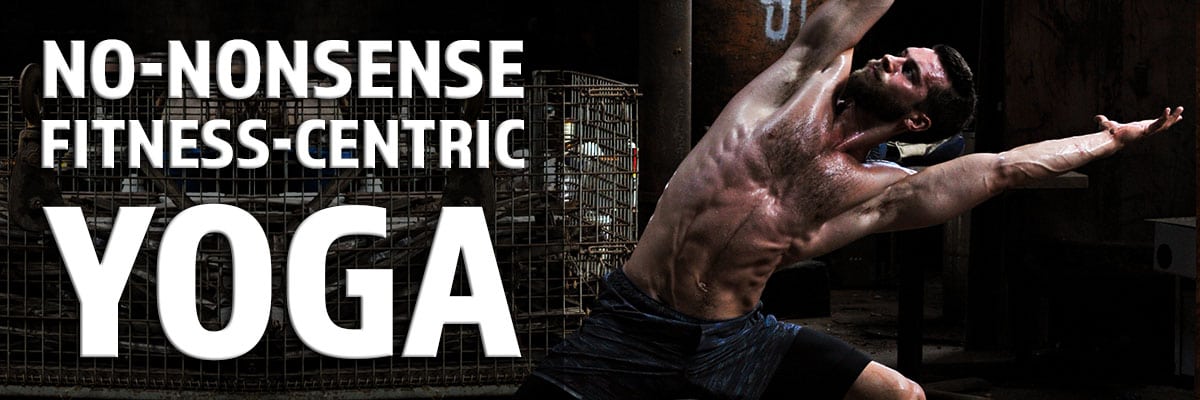 Join Today for Instant Access!
Join Today for Instant Access!
